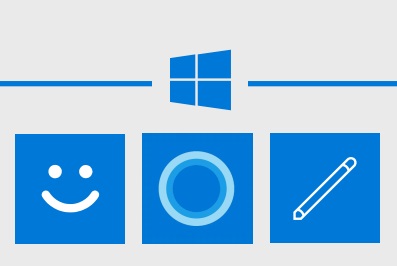Inside Microsoft's grand plan to sell more Windows 10

Microsoft isn't expected to have its next wave of Windows 10 devices ready for unveiling until Spring 2017. The company also isn't expected to prolong its Windows 10 free upgrade offer beyond July 29 this year.

So how is Microsoft intending to drive more Windows 10 adoption during the rest of calendar 2016?
Microsoft is rallying its PC partners around a handful of Windows 10 feature pillars, specifically, Continuum, security, Windows Hello, Windows Ink/pen support, and new Cortana capabilities. These are some of the most visible areas that Microsoft will be bolstering with new functionality when it delivers its Windows 10 Anniversary Update -- the next (and likely, only) new feature update to Windows 10 coming out this year.
At its late April Windows Hardware Engineering Conference (WinHEC) 2016 events in Shenzen and Taipei, Microsoft execs extolled the virtues of the new features that will arrive around late July 2016 to OEM attendees of the event. Microsoft posted slides from its WinHEC 2016 events on its Channel 9 site earlier this week.
While Microsoft continues to try to get OEMs on board with improving touch and gesturing support with their new devices, pen support is becoming a bigger obsession. Convincing PC makers to build devices that support Windows Ink and pens, and better yet, make sure their devices support use of pens and touch simultaneously, is top of mind.In the security realm,
Microsoft officials are telling PC makers that they can up customer satisfaction by including pens and inking support with their Windows 10 devices.
Microsoft also is stepping up its messaging around why Windows 10 is more secure than Windows 7. Microsoft is finally expected to deliver the Enterprise Data Protection functionality in the Windows 10 Anniversary Update that will use file-level encryption to help prevent accidental data leaks by separating consumer and business applications and data. The Windows Defender Advanced Threat Protection service the company announced a couple of months ago may be ready for use around the third quarter of this calendar year, sources have said.
Windows Hello, Microsoft's biometric security capability which allows users to log in using facial and/or fingerprint recognition, will be further fleshed out with the coming Anniversary Update, too. According to the WinHEC 2016 slides, Microsoft will add fingerprint recognition to Windows 10 Mobile this summer. (Currently, users with newer Windows Phones can use iris-scanning to log in with Hello, but not yet fingerprints.)
Microsoft is still pushing hard to get more of its PC and phone partners to make support for Continuum a key selling point for their devices. On new Windows Phones, Continuum allows users to connect their devices to large screen monitors and keyboards and use their Mobile apps on the bigger screen. On PCs, Continuum enables better tablet-mode support on 2-in-1 devices.
Microsoft's elevator pitch for Continuum is that it makes it so "a laptop can be used like a tablet and a phone can be used like a PC." Lately, Microsoft officials have emphasized the fact that users can continue to use their phones as phones even while they are connecting them to larger screens to run other apps.
As many have come to realize -- and some even to accept -- almost no one buys a new device to get a new operating system release. People buy new PCs, tablets and phones, more often than not, when their current devices no longer work or work well enough. But that isn't stopping Microsoft and PC makers from still trying to find that new magic bullet that will spur consumers and business users to shell out for a new Windows 10 device in the coming months.